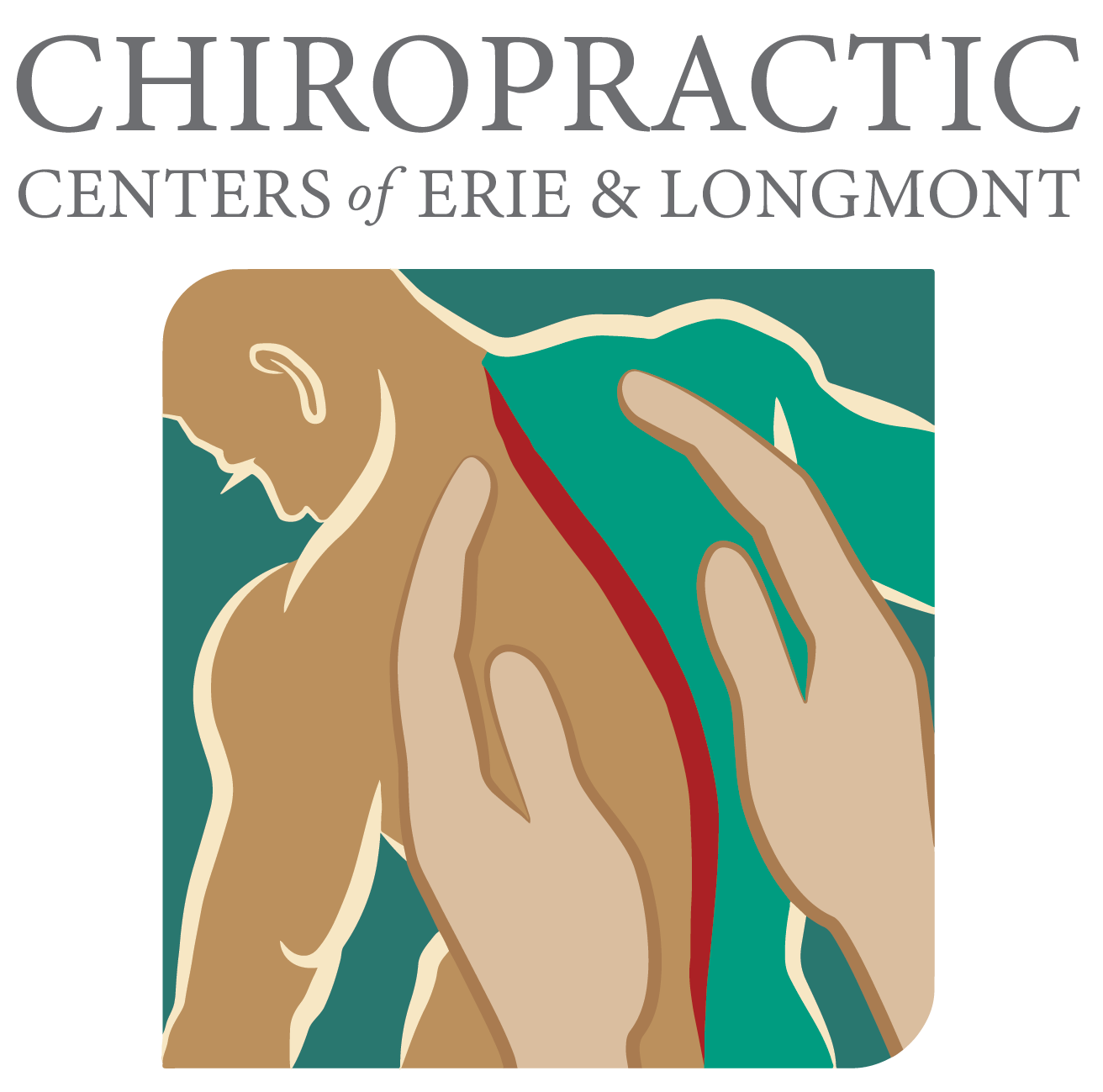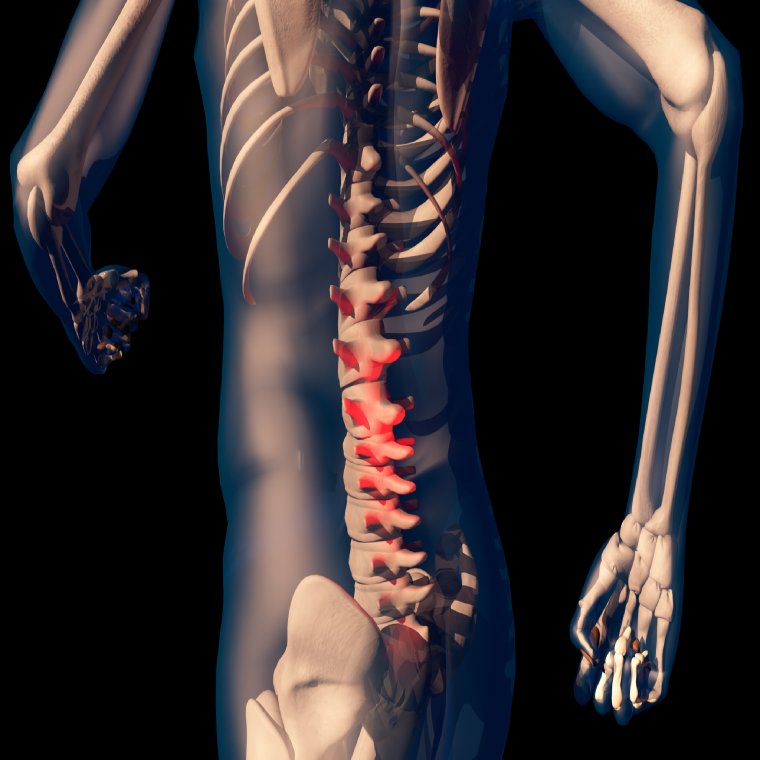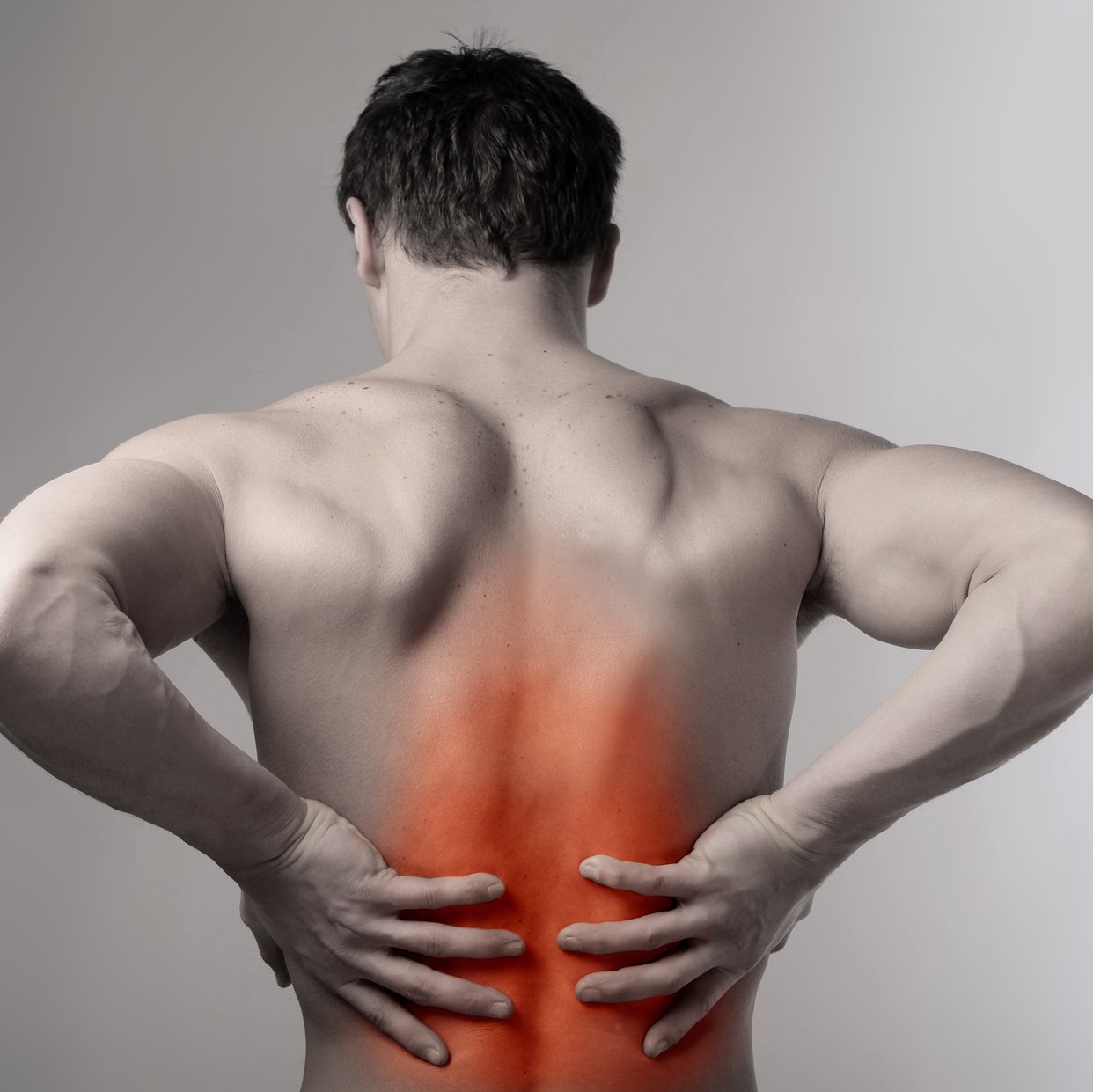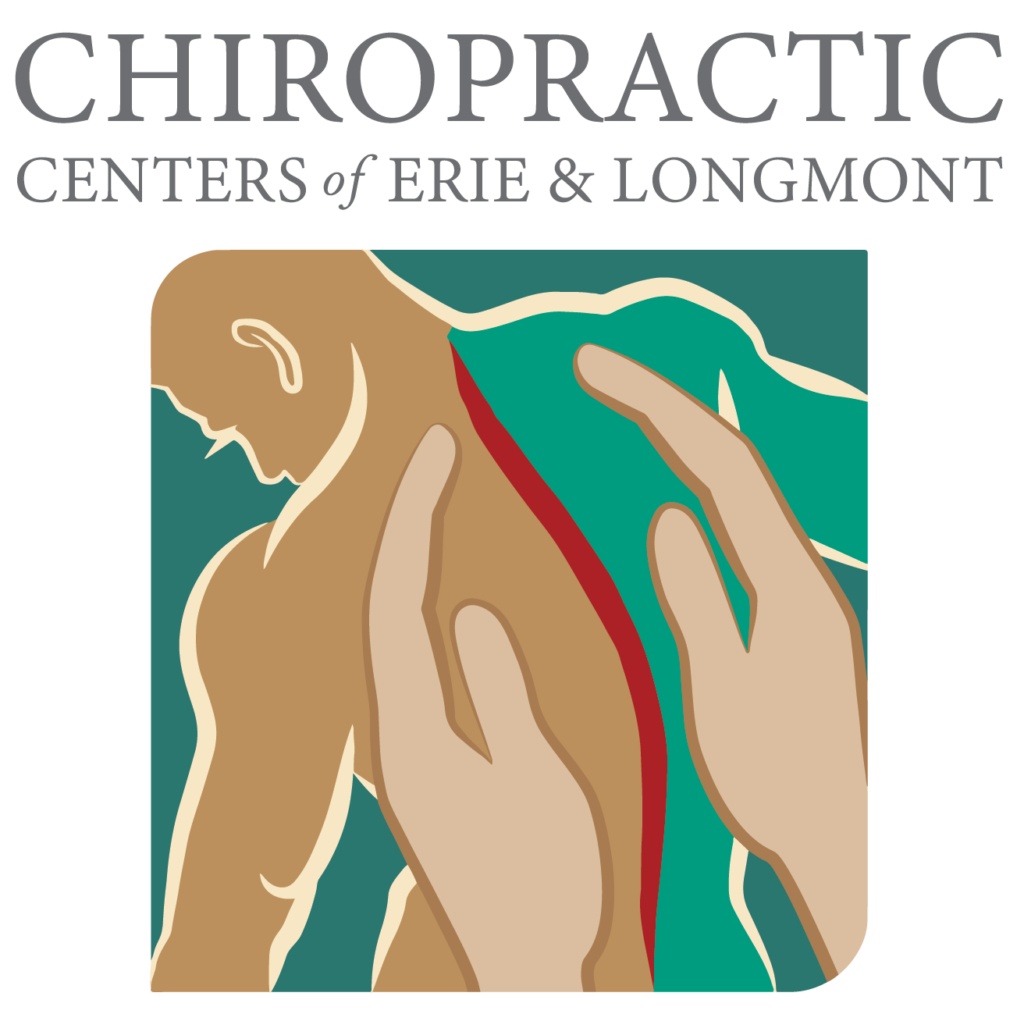Spinal Decompression: The Key to Pain-Free Living and Better Back Health
Non-surgical spinal decompression is a powerful tool for managing back pain and enhancing overall spine health. This technique, by gently stretching the spine, eases pressure on herniated or bulging discs, and even gives room for vital nutrients to flow into these areas. Most surprising perhaps is its ability to retract the affected discs, promoting natural healing without resorting to invasive surgery. For those yearning to free themselves from the clutches of incessant back pain, unearthing more about this treatment could be a game-changer.
Spinal decompression therapy offers numerous benefits, including alleviating back and neck pain, promoting healing of spinal discs, improving circulation within the spine, reducing inflammation, and addressing conditions such as disc herniation, sciatica, and degenerative disc disease. This non-invasive treatment is safe for all ages and can be a cost-effective alternative to surgery or medication.
Spinal Decompression: An Overview
Spinal decompression is a gentle and non-invasive treatment approach specifically designed to provide relief from back and neck pain. This technique employs a traction table or similar motorized device to apply a controlled force to the spine, thereby creating negative pressure within the spinal discs.
By utilizing this negative pressure, spinal decompression aims to address various underlying conditions such as herniated or bulging discs, degenerative disc disease, sciatica, and more. The application of traction through spinal decompression helps in the retraction of the herniated or bulging discs, which in turn reduces pressure on the surrounding nerves. It prioritizes addressing the root causes of back pain by enhancing the flow of crucial nutrients into the affected areas, facilitating the healing process and contributing to overall spinal health.
How Spinal Decompression Works
During a spinal decompression session, patients are comfortably secured onto a specialized table designed for this purpose. The patient is then slowly positioned to allow specific targeted traction to be applied to the spine. This controlled traction, along with intermittent relaxation periods, gently stretches and cyclically releases the spine. Through this process, negative pressure is created within the spinal discs which promote the pulling back (retraction) of herniated or bulging discs, reducing their size and effectively relieving pressure on nearby nerves. At the same time, the negative pressure facilitates an influx of oxygen, water, and nutrients into the affected areas of the spine, aiding in promoting healing and overall spinal health.
Spinal decompression has been reported to have a success rate of approximately 70% in relieving back pain. Additionally, studies have shown an average reduction in disc herniation size after non-surgical spinal decompression, ranging around 50%. These statistics illustrate how effective this treatment can be in providing relief from chronic lower back pain. Given its effectiveness and non-invasive nature, non-surgical spinal decompression serves as a safe alternative for individuals seeking relief from chronic back pain without resorting to invasive surgeries or prescription drugs.
Now that we’ve explored how non-surgical spinal decompression therapy works and its effectiveness in providing relief from chronic lower back pain, let’s delve into further details about its numerous benefits and considerations.
Addressing Bulging and Herniated Discs Non-Surgically
Bulging and herniated discs can cause excruciating pain, limiting mobility and negatively impacting everyday life. Understanding how non-surgical spinal decompression can effectively alleviate this pain is crucial in regaining control and embracing a pain-free lifestyle.
When a disc bulges or herniates, the inner material puts pressure on the surrounding nerves in the spine, resulting in discomfort and often radiating pain to other areas of the body. Non-surgical spinal decompression uses gentle traction to create a vacuum-like effect within the affected disc. This action draws the disc material back into place, relieving pressure on the pinched nerves and facilitating the body’s natural healing process. By creating space between the vertebrae, spinal decompression helps alleviate pain associated with disc issues, providing a non-invasive and effective alternative to surgical intervention.
Studies have consistently shown the effectiveness of non-surgical spinal decompression for treating bulging and herniated discs, with a success rate ranging from 70-90%. Patients undergoing this treatment have reported significant pain relief, contributing to improved functionality and quality of life.
With a thorough understanding of how non-surgical spinal decompression tackles bulging and herniated discs, it’s time to explore its potential in enhancing range of motion and flexibility.
Enhancing Range of Motion and Flexibility
Range of motion refers to how much your joints can move in different directions. When struggling with back issues, it feels like a barrier preventing you from moving as freely as you once did. It’s not just about stiffness; it’s also the pain that limits your ability to turn, bend, or move comfortably. These limitations can make everyday tasks tiresome and sometimes unbearable. Spinal decompression therapy takes aim at these barriers by relieving pressure on compressed spinal discs.
When the pressure on the spine is relieved, the discs retract back into place. This reduction in pressure isn’t just about alleviating pain—it allows for better circulation of nutrients to repair any damage. The restoration of these essential nutrients plays a crucial role in supporting and maintaining healthy tissues.
Improved Mobility
Imagine being able to get up from a chair without wincing or reaching for your back? That’s what improved mobility thanks to spinal decompression therapy can do for you. You don’t have to mentally brace yourself against pain every time you move. Enhancing range of motion goes beyond simply being able to touch your toes. It affects how easily you can twist and turn without feeling sharp pains shooting down your spine.
Engaging in Physical Activities
Spinal decompression can give you back the confidence to engage in activities you might have avoided due to discomfort or fear of exacerbating your condition. Whether it’s playing with your children, going for a leisurely walk, or participating in an exercise class—the freedom to move without restriction is truly life-changing.
And while we’re discussing this, one interesting bit worth noting is that more flexibility doesn’t just mean fewer physical activity-related concerns; it benefits you throughout the day in mundane tasks that might cause discomfort otherwise.
In a way, think of enhanced range of motion and flexibility like making sure your car gets regular oil changes—it’s fundamental to keeping everything running smoothly and preventing wear and tear over time. The less friction there is around our joints, the better we can function without straining other parts of our body.
Understanding the impact spinal decompression therapy has on enhancing range of motion and flexibility makes it clear why it’s such a valuable non-surgical treatment for those suffering from back issues.
Chiropractic Methods for Spinal Decompression
When it comes to spinal decompression, chiropractors have a range of tools at their disposal to promote healing and alleviate pain. One notable device often used is the DRX-9000, specially designed to provide controlled traction to the spine. Unlike invasive surgical procedures or medication that simply mask the symptoms, this non-invasive approach allows chiropractors to precisely target specific spinal segments, effectively creating negative intradiscal pressure.
This method promotes the natural healing of damaged discs by facilitating rehydration and improving the circulation of nutrients within the affected area. By focusing on targeted spinal segments, chiropractors can address the underlying causes of back pain without resorting to surgery or prescription drugs. It’s a remarkable alternative for individuals seeking long-term relief from chronic back pain.
The principle behind this gentle yet effective approach lies in the reduction of pressure inside the spinal discs. As negative pressure is created within the disc, it acts like a vacuum, promoting retraction and healing of herniated or bulging discs. Additionally, improved circulation helps repair any damage that has occurred over time.
The beauty of non-surgical spinal decompression lies in its ability to provide relief for a wide range of conditions, such as disc herniation, sciatica, degenerative disc disease, and pinched nerves. Furthermore, it has shown promise in reducing inflammation from arthritis and providing relief from neurological disorders such as headaches and numbness. This holistic approach not only addresses immediate pain but also contributes to long-term overall good health and well-being.
Consider someone suffering from chronic lower back pain due to compressed vertebrae. Traditional treatments may offer temporary relief at best. However, studies show that 63% of patients with chronic lower back pain reported short-term relief after undergoing spinal decompression therapy.
Additionally, let’s highlight the safety factor. Spinal decompression therapy is suitable for individuals of all ages and body types. It doesn’t require any recovery time and carries significantly reduced risks compared to surgical interventions. The non-invasive nature of this treatment makes it an attractive option for those seeking alternatives to traditional medical approaches.
Now that we’ve covered the underlying principles and benefits of chiropractic methods for achieving non-surgical spinal decompression, let’s delve into how this treatment can bring about tangible improvements in individuals’ lives.
Contact a Chiropractor Today!
If you’re interested in chiropractic care, then visit us at one of our offices in Erie or Longmont. The Chiropractic Center of Erie and Chiropractic Center of Longmont treat the body holistically with our award-winning treatment process which can include Dry Needling when requested. Please consider our complete plan that not only treats the misalignments but pays attention to the nerves and muscles to promote your correction, stabilization, and best life ahead. If you have been to multiple chiropractors, you happen to be one of our favorites because you will know how our care stands apart. We have been voted “Best of the West” twelve times and we aim to help your body achieve and maintain optimal performance. We specialize in treating patients suffering from spinal pain and many other maladies and have helped several patients find relief without the need for surgery. If you’d like to learn more about chiropractic care in Longmont or Erie or have questions about what to expect during your first chiropractor visit in Erie or Longmont, call our offices today at 303-828-3000 or 303-772-1950!
Spinal Decompression FAQs
What is non-surgical spinal decompression, and how does it work?
Non-surgical spinal decompression is a therapeutic treatment aiming to relieve back pain and promote the healing of spinal discs. It involves a traction table or similar motorized device that gently stretches the spine, creating negative pressure within the spinal discs. This negative pressure promotes the retraction of herniated or bulging discs, reduces pressure on the surrounding nerves, and enhances the flow of nutrients into the discs, facilitating natural healing processes.
Who can benefit from spinal decompression therapy?
Individuals suffering from chronic lower back pain, sciatica, herniated discs, bulging discs, degenerative disc disease, and other conditions related to spinal misalignment may find relief through spinal decompression therapy. It’s a safe, non-invasive alternative for those seeking pain relief without resorting to surgery or prescription medication.
What is the success rate of spinal decompression therapy?
Spinal decompression therapy has a reported success rate of approximately 70% in relieving back pain. Studies have shown an average reduction in disc herniation size by about 50% after undergoing non-surgical spinal decompression, illustrating its effectiveness in treating conditions that contribute to chronic lower back pain.
How long does a spinal decompression treatment session last, and how many sessions are typically needed?
A single spinal decompression session typically lasts between 30 to 45 minutes. The exact number of sessions required varies based on the individual’s condition, severity of symptoms, and response to treatment. A standard treatment plan may involve sessions spread over several weeks, with adjustments made based on the patient’s progress and pain relief experienced.
Can spinal decompression therapy enhance range of motion and flexibility?
Yes, by alleviating pressure on compressed spinal discs and promoting the retraction of herniated or bulging discs, spinal decompression therapy can enhance the range of motion and flexibility. This improvement is due to the reduction of pain and inflammation, allowing for better movement and circulation of nutrients, which aids in the healing and maintenance of healthy tissues.
For those interested in exploring the benefits of spinal decompression therapy in Erie or Longmont, CO, The Chiropractic Center of Erie and The Chiropractic Center of Longmont offer holistic treatment approaches, including spinal decompression. Our award-winning care, recognized as “Best of the West” twelve times, is designed to treat the body comprehensively. Contact us at 303-828-3000 or 303-772-1950 to learn more about how we can help you achieve optimal spinal health and a pain-free lifestyle.







